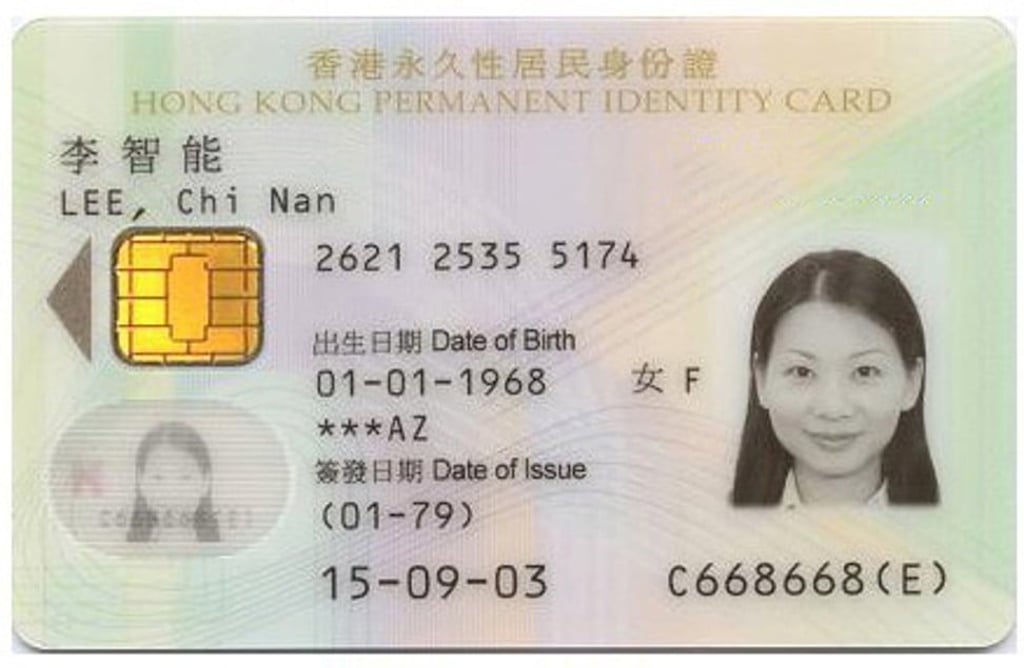How the humble Hong Kong identity card got smart and became vital for life in the city
Modest piece of plastic due for next microchip upgrade at annual recurring cost of HK$84 billion from 2019 onwards

The Hong Kong identity card (HKID) is a small but essential possession for living in the city. Issued by the Immigration Department, all residents aged 15 or older must carry it, and anyone who stays locally for more than 180 days is required to apply for one.
But more than furnishing legal proof that one is allowed to be in the city, this modest piece of plastic comes in handy for other processes, from banking to borrowing books. And increasingly, it is taking on more roles in the lives of Hongkongers.
When did it start?
Hong Kong began issuing identification papers in 1949, when the government decided it needed to clamp down on the number of immigrants crossing the border from mainland China. Laminated cards were introduced in 1960, and over the years, as technology advanced, so did the HKID. Technology made the card more difficult to counterfeit, thus rendering it more useful for other features.
The current smart card was introduced in 2003. It features an embedded microchip that stores information including the bearer’s photo image and thumbprints.
The chip made the new cards much harder to fake, and enabled the introduction of automated channels at Hong Kong’s immigration checkpoints, dramatically reducing the huge queues seen at the airport and particularly at Shenzhen border crossings.

